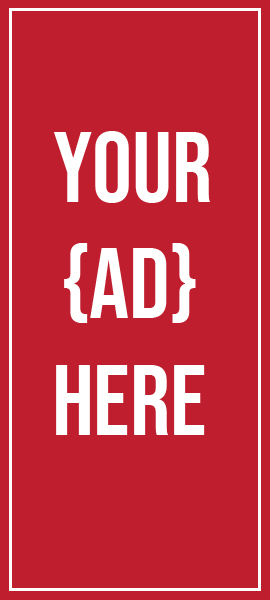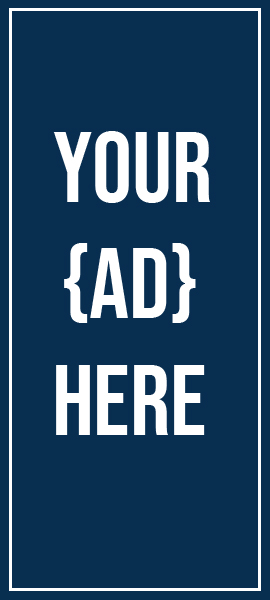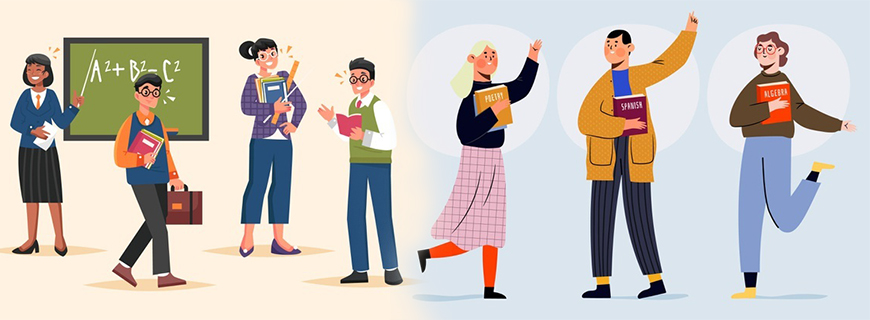
Facial Expressions and Actions
Beauty without expression is boring.
– Ralph Waldo Emerson
Facial expressions are an important part of body language. We use our faces to express ourselves, and we all interpret the facial expressions we see. While some facial expressions are cultural, some facial expressions are universal. Understanding the basics of facial expressions and decoding them will help you determine what people are feeling and facilitate better communication.
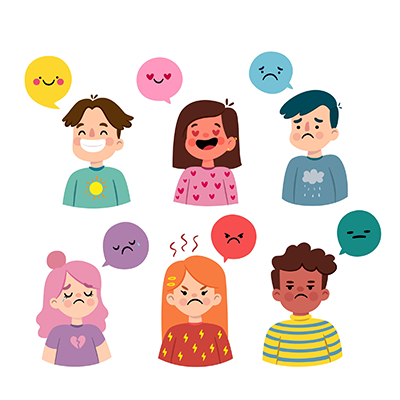
Linked with Emotion
Many scientists agree that facial expressions are linked to emotions. Different feelings create physical responses within the body, and facial expressions are emotional responses to situations. Because of the emotional connection, it is not easy to continually fake facial expressions. A flash of true emotion will typically flicker across the face, even when feelings are kept in check. Not only are emotions shown with facial expressions; the degree of emotion a person feels is visible on the face. For example, you can see the difference between a face that shows sadness and one that shows sorrow.
Micro-Expressions
We all hide negative or unwanted emotions from time to time. We can even mask our facial expressions to fit social situations. Feelings can occasionally slip out in the form of micro-expressions. These brief, involuntary expressions betray emotions, and they typically last 1/25 of a second. For example, someone gives a brief sneer but smiles when running into an acquaintance. Most people do not consciously notice micro-expressions. In fact, roughly ten percent of people will knowingly pick up on the micro-expressions of others.
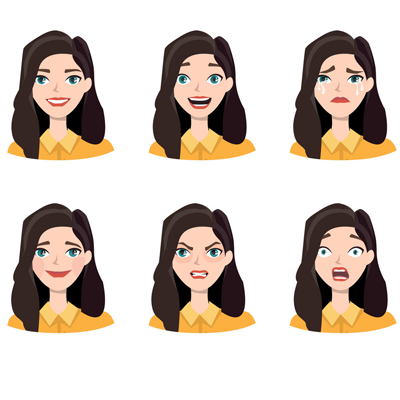
Most micro-expressions are based on universal facial expressions. Being aware of these facial expressions will make micro expressions easier to catch. Noticing micro-expressions can help determine if someone is lying. It is not foolproof, however. For example, someone can be afraid of being caught in a lie or of not being believed.
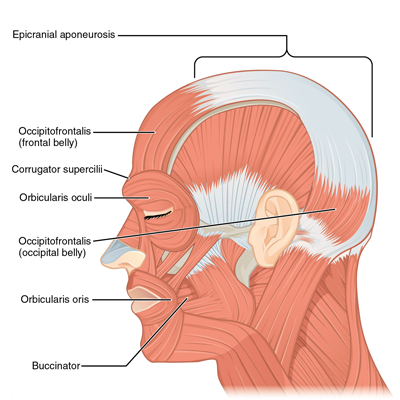
Facial Action Coding System (FACS)
The Facial Action Coding System (FACS) is a complex system attributed to Dr. Paul Ekman. This systembreaks down the muscle movements of micro-expressions into numbered action units (AUs). The muscles that relax or contract with emotion are identified to show the feeling behind each movement of the face. There are AUsidentified in the upper and lower face. The meanings behind these involuntary muscle movements are interpreted by the FACS system. The intensity, duration, and asymmetry of expressions are also noted.
Upper Face:
- Eyebrows
- Forehead
- Eyelids
Lower Face:
- Up/Down
- Horizontal
- Oblique
- Orbital
- Miscellaneous
Example:
An insincere smile will only trigger the zygomatic major muscle. A sincere smile will also include the lower part of the orbicularis oculi.
Universal Facial Expressions
Many facial expressions are learned from one’s family and culture. There are, however, facial expressions that all people are believed to share in common. These are the universal facial expressions. Success with FACS and interpreting micro-expressions requires an understanding of universal facial expressions. There are different lists of universal facial expressions, but most lists include the same six facial expressions.
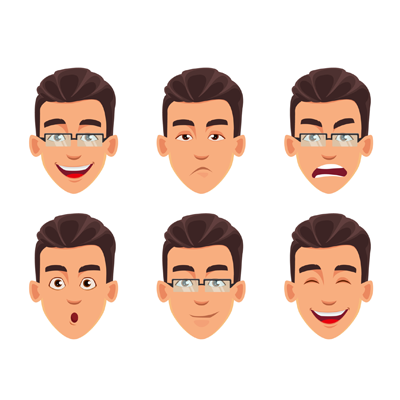
Facial Expressions:
Happiness: More than a smile is needed to indicate happiness. Genuine happiness should include the eyes. Eyelids crinkle a crow’s feet become visible.
Anger: A frown typically accompanies anger. Additionally, the eyes narrow, the chin points forward, and the eyebrows furrow.
Fear: Wide eyes and slightly raised eyebrows signal fear. The lips may be parted or stretched when the mouth is closed.
Surprise: Surprise is similar to fear. The eyebrows fully raise and the eyes are wide with surprise. The mouth, however, is usually open.
Sadness: The mouth turns down when someone is sad. A crease in the forehead and quivering chin accompany this slight frown.
Disgust: The expression of disgust includes the nose. The nose wrinkles, the lips part, and the eyes narrow.
Note: Contempt is not always a universally recognized facial expression. It is useful to recognize, however, and includes a sneer with the side of the mouth elevated.
Practical Application
Jane attended a FACS class to improve hers sales. After the class, she began to close sales quickly. Her sales increased by 20 percent after the first quarter. Jane learned to stop spending time with potential clients who showed contempt and disgust. The skills helped her identify what made clients happy and address potentially difficult situations before anger boiled over. Due to her results, her department invested in further FACS training.
